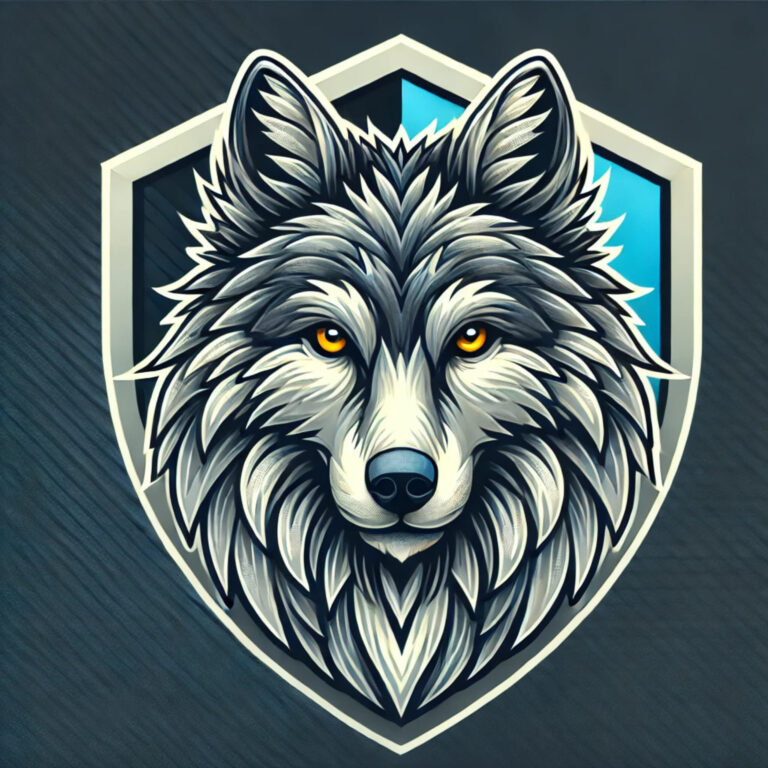What does it mean to be a protector? For men, being a protector often feels like a calling. It’s about standing up for what’s right, safeguarding the people we care about, and being a source of strength when the world feels unsafe. But protecting others isn’t just about brute force—it’s about knowing when to act, how to act, and when to hold back.
Violence has its place, but only as a last resort. Real strength lies in restraint, clear thinking, and the ability to step in when it’s absolutely necessary. This is what healthy masculinity looks like: balancing strength with wisdom and courage with control.
The Protector Role: Strength with Purpose
Being a protector isn’t about looking for fights or showing off physical dominance. It’s about responsibility. Whether it’s defending your family, stepping up for someone in danger, or standing firm on your principles, the role of a protector is rooted in care and purpose.
Healthy masculinity means understanding that strength is a tool, not a weapon. It’s the ability to shield others from harm—not because you’re forced to, but because it’s the right thing to do. Imagine a father standing between his family and a threat. His goal isn’t to hurt someone; it’s to keep his loved ones safe.
The Power of Emotional Intelligence
What separates a true protector from someone who just reacts? Emotional intelligence. It’s not about being soft—it’s about being sharp. Emotional intelligence allows you to read a situation, stay calm under pressure, and decide on the best course of action.
For example, anger is natural when you feel threatened, but acting on anger alone can escalate a situation unnecessarily. Emotional intelligence helps you turn that anger into focus, using it to assess the situation and act decisively when it’s needed.
Restraint is part of being a protector. Most conflicts don’t need fists or force—they need calm words, steady presence, and clear thinking. But when someone crosses the line and violence becomes necessary, that’s when the protector must act, swiftly and decisively.
When Violence is Necessary
Violence is a heavy responsibility, and it’s one that should never be taken lightly. For a protector, violence is never about ego or dominance—it’s about neutralizing a threat when there is no other option. It’s the ultimate last resort, used only when all other methods of de-escalation, boundary setting, or escape have failed.
Recognizing the Moment
1. Is the threat real and immediate?
Knowing when violence is necessary is a skill that requires clarity and presence of mind. There are three key questions a protector must ask in a high-stakes situation:
Violence is justified only when the danger is clear, present, and unavoidable. For example, if an attacker is advancing toward you or a loved one with a weapon, the need to act is clear.
2. Have all other options been exhausted?
Violence must be the last resort. If you can resolve the situation through de-escalation, retreat, or creating distance, those options must come first.
3. Is my response proportional to the threat?
Force should be measured to stop the threat, not to punish or harm unnecessarily. Using excessive violence undermines the protector role and risks escalating the situation further.
Acting Decisively
When it’s time to act, hesitation can be dangerous. A protector must act with focus, clarity, and purpose. This doesn’t mean reacting impulsively—it means making a clear, deliberate choice to neutralize the threat as quickly as possible.
Imagine you’re at home with your family, and an intruder breaks in. You’ve tried to warn them off, but they’re advancing toward your family with clear intent to harm. In this moment, hesitation could put lives at risk. The protector must act decisively—whether that means physically subduing the intruder or using tools at hand to ensure the safety of those in the home.
Examples of Necessary Violence
1. Personal Self-Defense
A man is walking home late at night when he’s confronted by an armed attacker. There’s no chance to run, and talking doesn’t de-escalate the situation. The attacker lunges, and the man defends himself with decisive force to protect his life.
2. Protecting a Loved One
A father is walking with his family in a park when a stranger begins to physically assault his spouse. The father steps in, using force to stop the attack and shield his family. His focus isn’t on punishing the aggressor but on ensuring his loved ones are safe.
3. Defending a Stranger
In a crowded area, a man witnesses someone being violently attacked. While others hesitate, he steps in to stop the aggressor, risking his own safety to protect a vulnerable person. This action isn’t about heroism—it’s about doing what’s necessary in a moment of need.
What Happens Afterward?
After using violence, a protector’s responsibility doesn’t end. He must stay present, ensure the continued safety of everyone involved, and work with authorities or others as needed. Being a protector means owning your actions and staying accountable for them.
Violence leaves a mark—not just physically, but emotionally and mentally. A protector must process the event with honesty, ensuring it doesn’t lead to unnecessary guilt or unchecked aggression in the future.
Avoiding Violence Through Strength
One of the marks of a true protector is the ability to avoid violence. Knowing how to de-escalate a situation, set boundaries, or even walk away is just as important as knowing how to defend yourself.
For instance, a man who can calmly diffuse a heated argument is more powerful than one who throws a punch out of frustration. It takes more strength to keep your emotions in check than to let them control you.
But make no mistake—avoiding violence doesn’t mean avoiding responsibility. It means doing everything in your power to prevent harm while staying ready to act if necessary.
Building the Skills of a Protector
Being a protector isn’t something that happens overnight. It takes effort, training, and self-awareness.
1. Physical Preparedness
• Self-defense training isn’t just about fighting—it’s about confidence, discipline, and knowing how to act under pressure. Martial arts, for example, teach not just technique but restraint and focus.
2. Emotional Control
• Emotional intelligence is a skill you can build. Practice staying calm in stressful situations, listening more than reacting, and making decisions based on values, not emotions.
3. Situational Awareness
• Pay attention to your surroundings. A protector notices potential threats before they become problems. This isn’t about paranoia—it’s about being present and prepared.
The Balance of Strength and Restraint
Healthy masculinity is about balance. It’s about being strong enough to act when necessary and wise enough to know when to hold back. It’s about stepping into the protector role with confidence, not aggression.
Violence has its place, but only when it’s the last resort. The true measure of a man isn’t how hard he can hit—it’s how often he chooses not to. When violence is required, it must be decisive, focused, and proportional. But more often, the strongest man in the room is the one who resolves a conflict without ever raising his fists.
Step Into the Role
Being a protector isn’t about perfection; it’s about commitment. It’s about showing up for the people who need you, staying calm under pressure, and being ready to act when it matters most.
If you want to embody healthy masculinity, start by building your strength—physical, emotional, and mental. Train yourself to act with purpose, lead with honor, and protect with integrity. Because the world needs more men who know when to act, when to hold back, and how to protect what truly matters.


